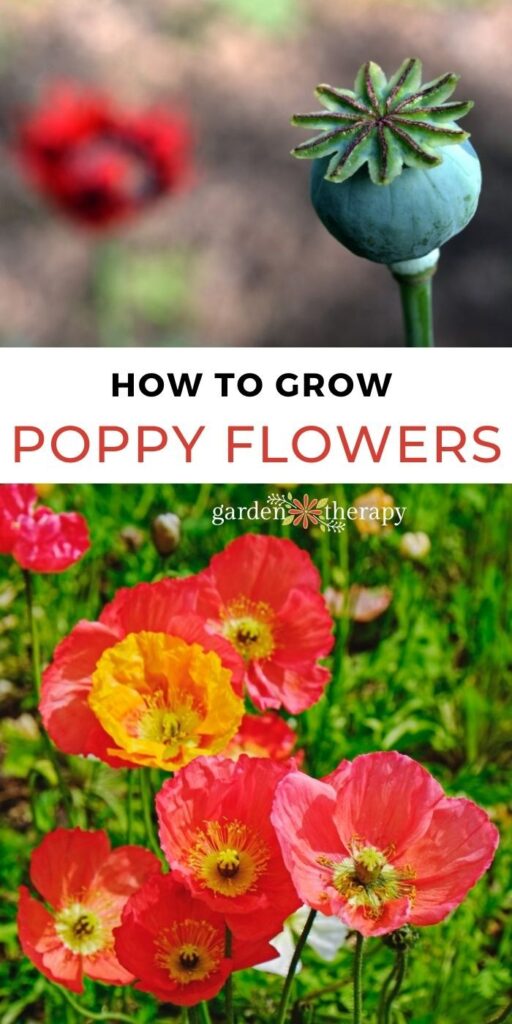Like a field full of boldly coloured butterflies, poppies are a great addition to any sunny garden area. I can already picture their papery petals blowing in the wind! This guide covers everything you need to know to grow poppy flowers for an impressive display of colours year after year.
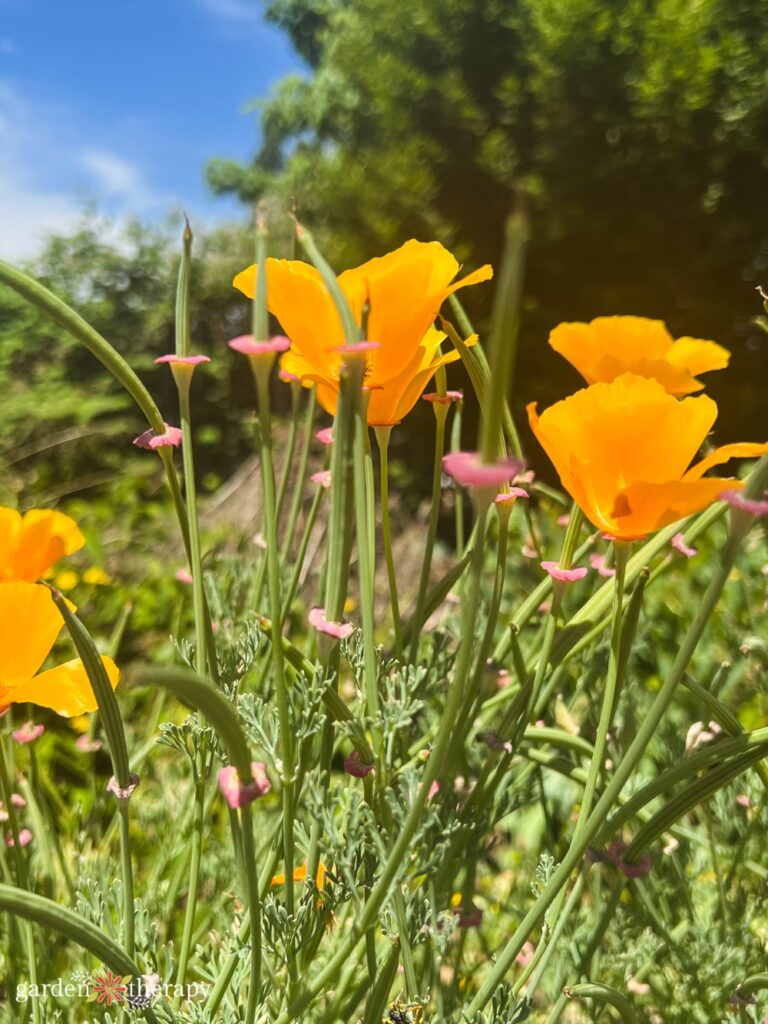
Last year, I planted a wildflower lawn in my front yard. I didn’t know what to expect, but I ended up being blown away by the results. The best part was the succession of flowers, where I had different plants taking center stage at different times of the year.
At the beginning of June, the first California poppies started popping up. By the end of the month, I had so many covering my lawn that it looked like an orange meadow.
I got so many compliments from everyone who passed by, and I can’t wait for the wildflower lawn to take off again this year.
Poppies have long been a favourite of mine, and there are so many different varieties and colours to grow. So, let’s start planting!
This post will cover…
Meet the Poppy
A herbaceous plant, poppy plants can grow to be over a metre tall with large flowers up to 15 cm wide. Not only do we love the signature red flower, but bees do too! Along with the many other colours that poppies come in.
The poppy has a long history, most notably known for symbolizing the remembrance of soldiers. The famous poem, “In Flanders Fields” by John McCrae was written after the death of a fellow soldier and mentions poppies.
After World War I, poppy flowers began growing everywhere. This is because the fields were barren from warfare but then became abundant with lime from the rubble, providing rich soil for the poppies to bloom.
It is important to note that most poppy flowers are poisonous to some degree. The species contains alkaloid compounds that are poisonous to both humans and pets. Don’t munch on any part of the plant.
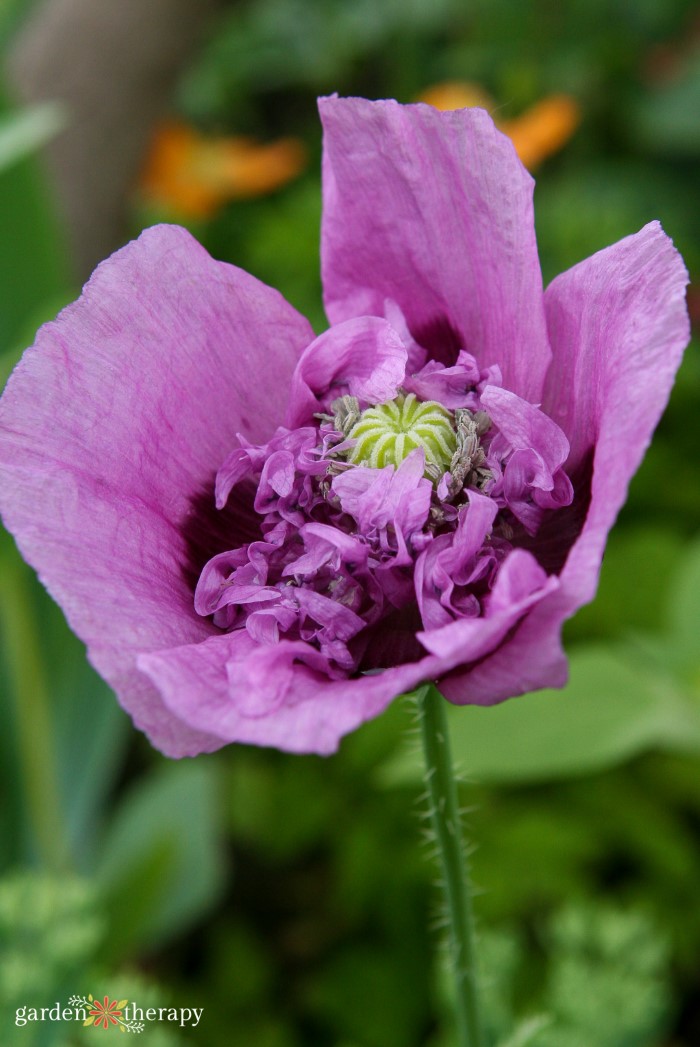
Types of Poppies
- Iceland Poppies, Papaver nudicaule, are not actually from Iceland but are native to boreal areas of North America, Asia, and Europe. They like to keep things cool in zones 3-7 and typically are grown as annuals.
- Red Poppies, Papaver rhoeas, are one of the most famous poppies, also being known as the Flanders or field poppy. They like warmer weather and grow in zones 4-9 as annuals.
- California Poppies, Eschscholzia californica, are native to western North America and grow well in zones 6-10. They come in an array of colours, including orange, yellow, red, pink, and white, and are typically treated as annuals.
- Oriental Poppies, Papaver orientale, are one of the most common perennial poppies, and they sure get noticed in the garden. They grow 2-3 feet tall in zones 3-9 and are fine, tolerating the cool weather. You will most commonly find them in orange, but they come in a variety of colours like salmon, red, and pink.
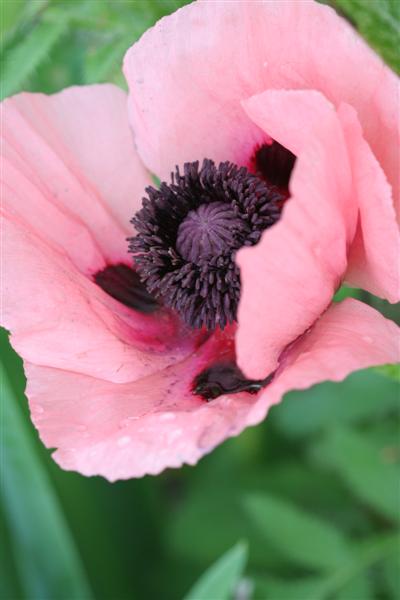
- Celandine Poppies, Stylophorum diphyllum, are another perennial poppy that is native to eastern North America, growing in zones 4-9. These poppy flowers are bright yellow and are more likely to tolerate poor soil than other poppies.
- Opium Poppies, Papaver somniferum, are perhaps the most famous poppy. They produce both opium for the pharmaceutical industry and poppy seeds for consumption. A wonderful ornamental, some countries require licenses in order to grow the flower. The opium poppy is not allowed to be cultivated commercially in Canada or the USA.
If you are in Canada, you can purchase your poppies at West Coast Seeds, Richters, or Monrovia.
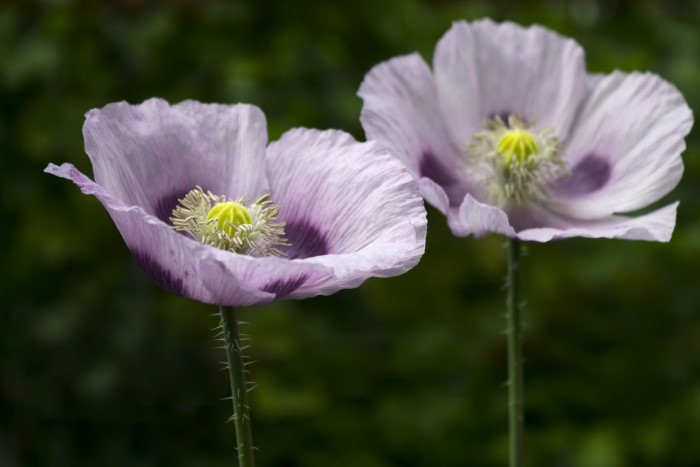
Medicinal Benefits of the California Poppy
Since it is in the same family as the opium poppy, the California poppy also has some of the same pain relief and anxiety-reducing qualities. However, it doesn’t have the addictive or narcotic traits of the opium poppy. It can be used externally and internally to help treat headaches, migraines, muscle pain and tension, and backaches.
The California poppy is also known to help with mental health issues such as depression, anxiety, restlessness, nervousness, and insomnia. Overall, it promotes relaxation and reduces stress. It is most commonly used in small doses and combined with other nervine herbs.
The indigenous people of California have a long history of using poppies medicinally. It was used to halt lactation by applying mashed seedpods to the breast. It was also used for headaches, stomach aches, tuberculosis, toothaches, and to treat head lice.
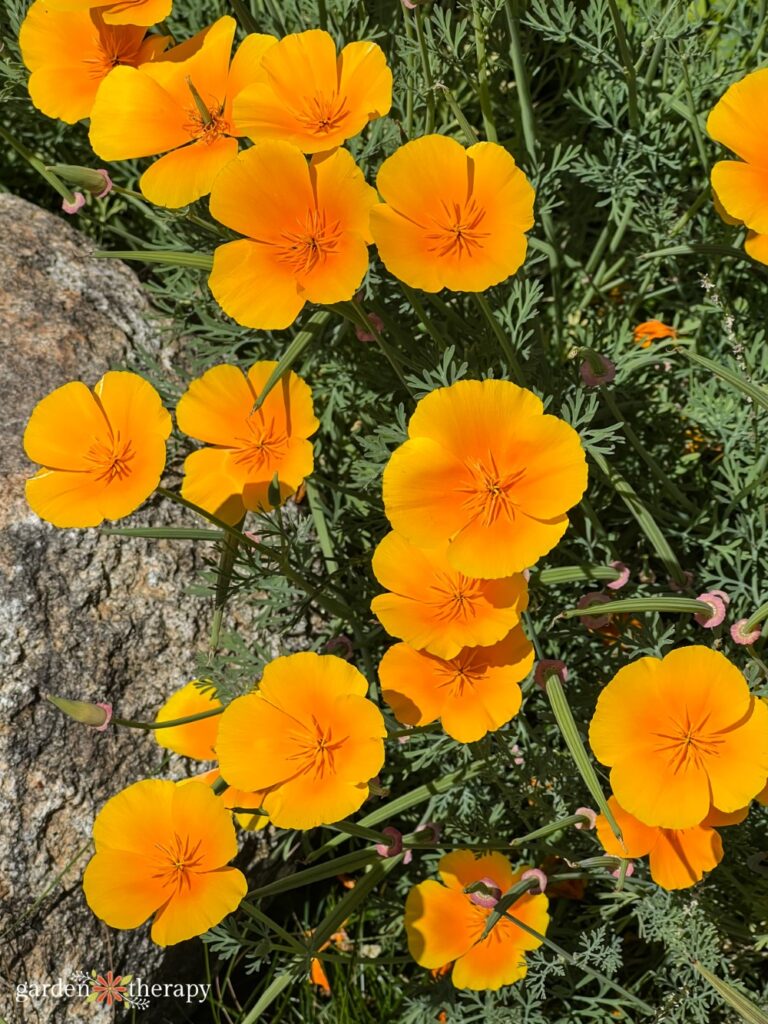
How to Grow Poppies
Planting and Growing Poppies from Seed
Have you ever opened a brand new seed pack only to lose a ton of the tiny seeds? Poppy seeds are notorious for being small and easy to lose. My go-to trick for growing poppies from seed is to use a salt shaker!
Mix the poppy seeds with sand in a large-holed saltshaker and simply sprinkle an even layer of seeds/sand over the entire area to plant. Very light and airy shade cloth can help prevent the tiny seedlings from frying in direct light; be careful, though, as the seeds need light to germinate.
Of course, you can also just save the stems and shake those in the garden directly. They come with their own shaker made by Mother Nature!
Keep the seedbed moist and do not allow it to dry out, as this can kill the young seedlings.
Perennial poppies can be difficult to start from seed, and usually, you’ll get better results by starting them indoors and then transplanting them outside.
Where to Plant Poppies
The best place to plant poppies is in a site with full sun and well-draining soil. To get your poppy-growing site ready, clear all vegetation, rocks, and roots.
If the soil is heavy, amend it with sharp sand, bark, and other additives that will allow for a very well-draining soil. Rake the entire planting area level and water well in preparation for the seeds or plants.
I recommend planting your poppies in a spot where they can reseed year after year. Even if you have annual poppies, many may self seed or you can use the seed heads to replant them the following year.
Poppies can also grow well in pots. To plant container poppies, find a medium-sized container with drainage holes and fill it with a good potting mix. Sprinkle your poppy seeds directly on top of the soil and be careful not to wash them away while planting. Their bright colours are sure to add some beauty to your porch or patio garden.
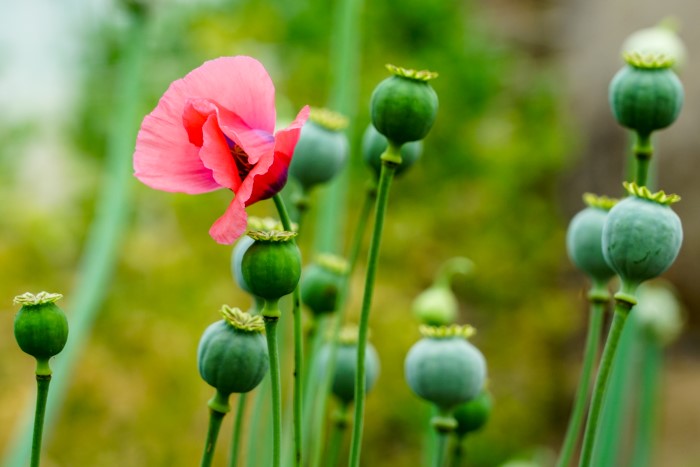
Transplanting Poppy Plants
Most annual poppies, like Papaver rhoeas or Papaver somniferum, resent being transplanted and should be directly sown.
Transplanting is best done for perennial poppies to bring them outside after growing them indoors or to move the poppy to a new home.
Transplant any existing perennial poppies in late summer when they are no longer actively growing.
To begin transplanting, water the ground around each plant to help loosen the soil. Carefully dig each plant, making sure to leave as much soil as possible around the root balls. For perennial poppies, be wary of their long taproot by digging deep and lifting carefully.
Plant the poppies with their crowns level to the ground in a well-drained area and water well. The addition of mulch is useful to help prevent the newly transplanted plants from drying out. Shade cloth may also be used for protection until the plants are established well enough to withstand full sun.
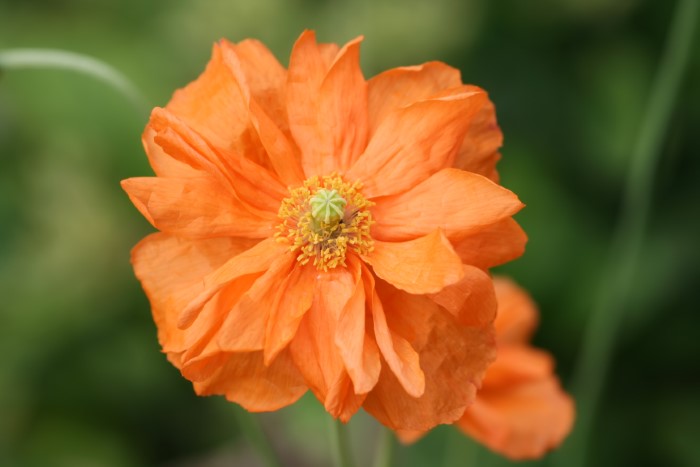
Caring for Poppy Flowers
There are many different types of poppies, with some acting as perennials and some as annuals. Poppies that are grown from underground roots will come back every year, such as oriental poppies or the celandine poppy.
Other poppies that are grown from seed, such as Iceland poppies or red poppies, are treated as an annual. Deadheading will prevent annual poppies from potentially reseeding themselves, so be careful when deciding to remove spent blooms.
Poppies can be slow to sprout, so try to keep up with weeding the area until the plants are established. But once they sprout, they grow quickly.
Poppies need very little care once established and are considered drought-tolerant. Some of the taller varieties, such as Iceland poppies, may need some staking and support from the wind.
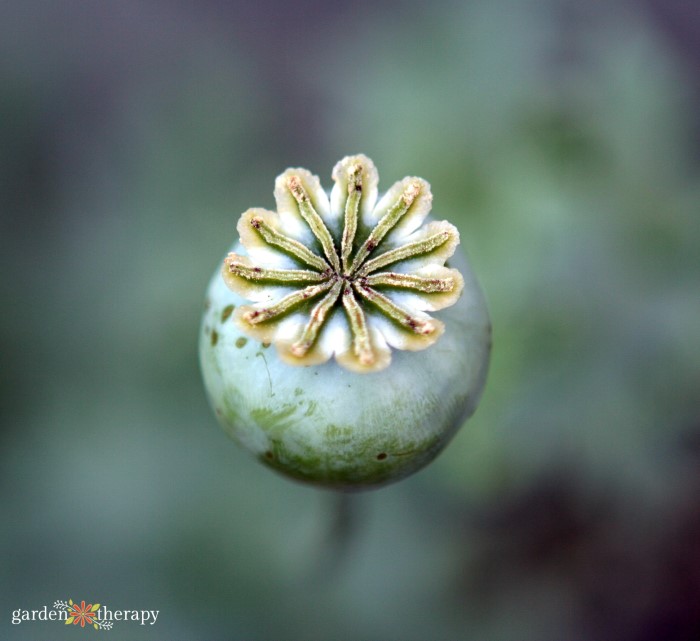
How to Collect Poppy Seeds
Poppy heads are incredibly ornamental, so sometimes I just leave them to enjoy when the cold settles in! But if you loved your poppies so much that you want to bring them back for next year’s garden, be sure to harvest some seed heads.
The best way to get poppy flowers year after year is by collecting the seeds themselves. To collect poppy seeds, wait until the seed heads have completely dried. Clip the entire seed head from the stem.
Take your seed heads inside and carefully break open the seed head over a sheet or large piece of paper. Remove all the seeds and compost the rest of the seed head.
Store your poppy seeds in baggies in a cool, dry place until the seeds are ready to plant. Before planting, make sure to cold stratify the seeds for a few weeks. Since poppy flowers have a hard outer shell, this helps the plant to germinate prior to sowing.
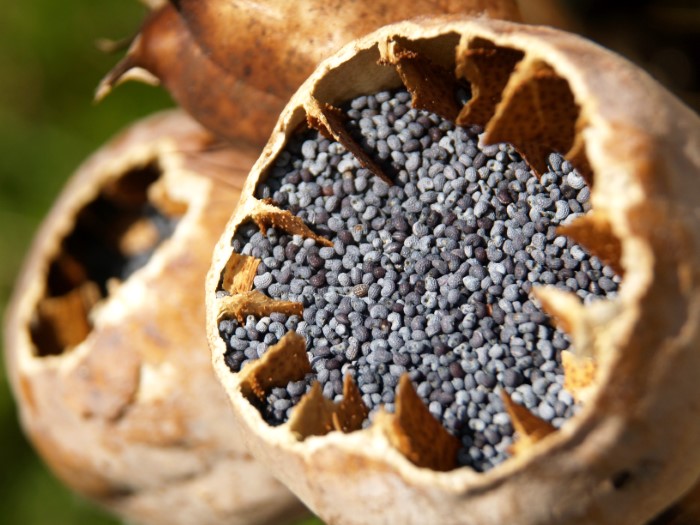
FAQ About Poppy Flowers
Please only collect poppy seeds from your own garden. While it is not illegal to pick poppy flowers (as some Californians have been told), it is still best practice to obtain seeds from your own garden or a friend’s garden rather than public property. Picking any kind of flowers from private or public property without permission can mean a potential fine.
Poppies need to be exposed to cold temperatures to germinate. Most poppies go to seed in the fall, where they self seed. Most warm climates should plant their seeds in the fall so the poppy seeds get the cold they need to grow. Colder climates can sow their poppy in late winter or early spring when there is still a chance of frost. For more on when to plant poppies, read this post.
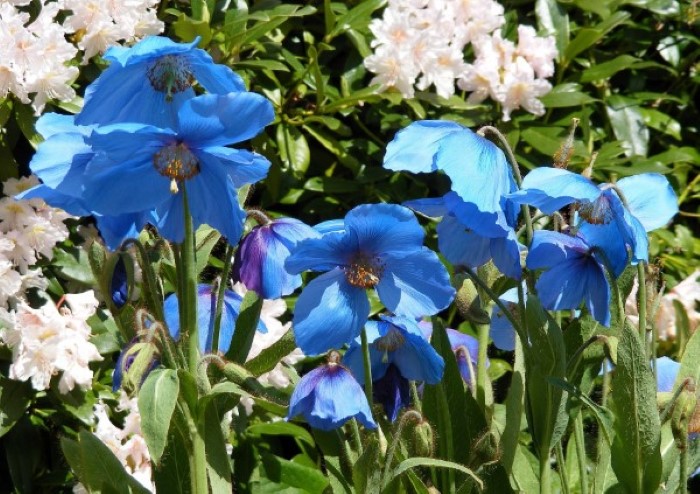
And that’s a wrap on poppy flowers! After reading this guide on growing poppies, you are sure to have fields (or containers at least) of this delightful flower. Let me know in a comment down below what types of poppies you want to grow in your garden this year.
More Tips for Growing Poppies
A city girl who learned to garden and it changed everything. Author, artist, Master Gardener. Better living through plants.

